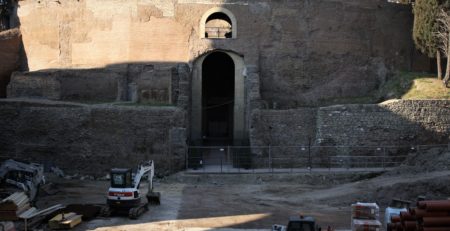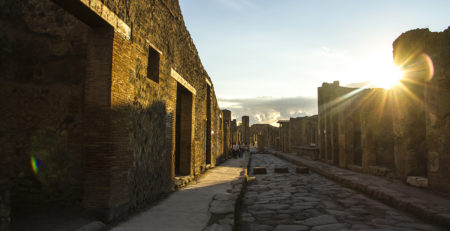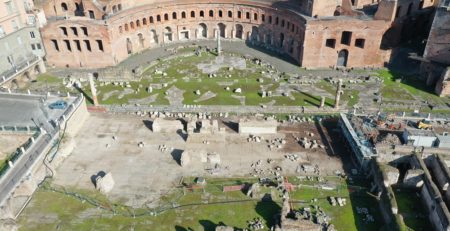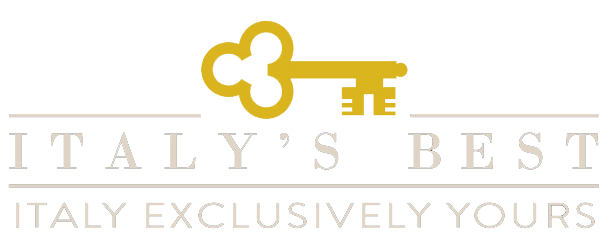THE RHINO PERSISTS: ROME’S NEW CULTURAL HUB
Surrealistically, there is a rhinoceros in front of an ancient Roman structure, the Arch of Janus. The rhino – just a statue – is the symbol for the Alda Fendi Foundation’s new cultural hub located right next door. Designed under the direction of French architect, Jean Nouvel, Rome has another privately restored building to add to its list.

This little corner of Rome doesn’t draw in the crowds as much as its monumental neighbors, Marcellus Theater, the Roman Forum and the Colosseum, but it was once the most vibrant part of Ancient Rome as its market. The Arch of Janus sits on the one of the lowest plains of Rome and consequently flooded frequently from the nearby Tiber river. When the floods passed, the neighborhood must have stunk of the debris’ remains. Today, stands only the Arch of Janus (early 4th century BC), which archeologists and art historians still debate whether it was a triumphal arch, a city gate or a shelter for cattle herders.
Following a time worn tradition that associates Rome’s political power with an animal, the new Fendi cultural hub is called Palazzo Rhinoceros (Rhino Palace). But don’t be confused about the choice of animal, instances of depicted rhinos are abundant in Rome’s artistic narrative. Capturing and importing foreign animals was a passion for many of the Roman emperors – these wild and violent beasts are predators in the wild but can be tamed by Romans! The philosophy has persisted over centuries, where the rhino balances on a scale between the power of the human spirit and political power. This probably explains why the arch was lit with the words, “Rome will exist as long as men exist.”
The vitality of the rhino has inspired, Raffeale Curi, actor and director of the Alda Fendi Foundation to encompass it in every aspect of the cultural center. While discussing the future of Palazzo Rhino’s exhibitions, he says, “The idea is precisely to circle the rhinoceros, therefore like the rhinoceros of Urs Fischer, the rhinoceros of Dante Ferretti for Fellini’s ‘The Ship Goes On,’ and the rhinoceros of Ionesco.”

The new cultural hub hosts 24 living quarters for artists in residence, contemporary galleries and a restaurant. Italy’s Best will stay in touch with future events and exhibitions at the new Fendi foundation.











